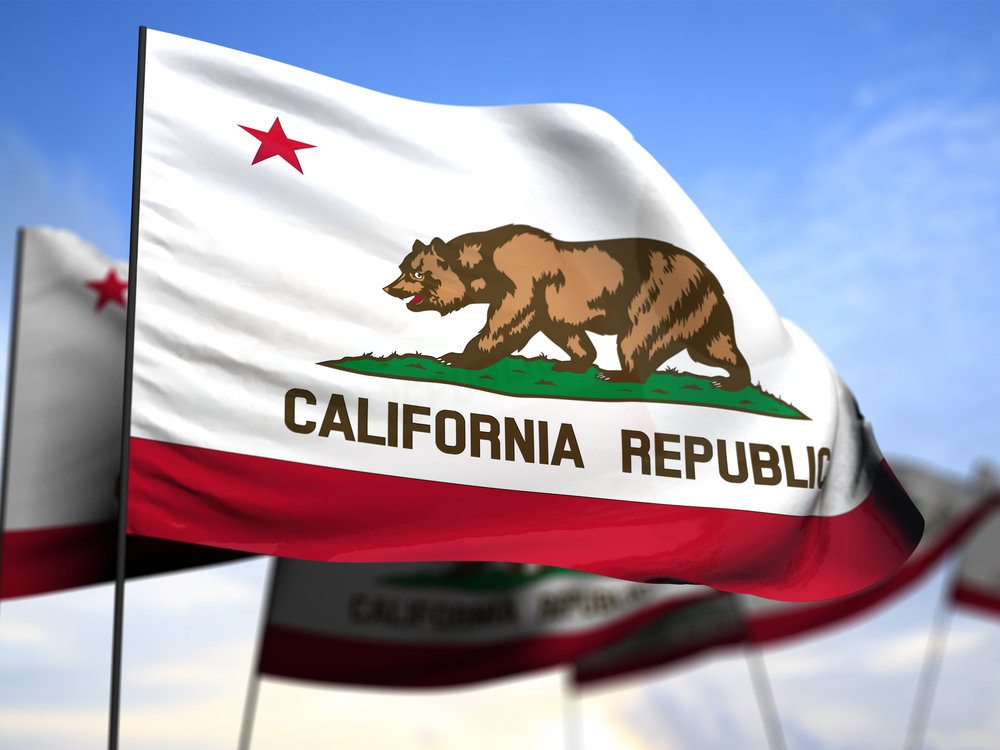
The California Department of Department of Resources Recycling and Recovery facilitated several meetings centered on SB 54 in early February. | ksanawo/Shutterstock
The first few days of February saw several big moments for California’s extended producer responsibility law for packaging, with a first advisory board meeting and a well-attended public question-and-answer session.
On Feb. 1, dozens of people asked clarifying questions about the draft regulations in a public question and answer session. The queries largely centered on definitions, why the California Department of Department of Resources Recycling and Recovery (CalRecycle) chose to include or exclude specific materials, and what the scope of the law was.
Some producers also asked about receiving retroactive credit for source reduction, which CalRecycle said it needed more time to answer.
CalRecycle extended the session by an hour to accommodate the high interest, with more than 300 people joining online and more present physically. Both private citizens and representatives of various industry and consumer groups participated, including Starbucks, Californians Against Waste, the Carton Council of North America, Waste Connections and NextGen Consortium. CalRecycle urged the participants to also submit the comments as part of the official rulemaking process.
“CalRecycle aims to provide the public with ample time to review and prepare comments for the forthcoming 45-day comment period, which will open in the coming months when CalRecycle initiates the formal rulemaking process,” the department noted in announcing the Q&A session.
Advisory board comes into play
The 16-person advisory board for implementation of SB 54 met for the first time on Feb. 2. The board includes representatives between environmental groups, municipalities, manufacturers, haulers and processors. The producer responsibility organization, Circular Action Alliance (CAA), also gave an introductory presentation.
Shane Buckingham, EPR program planning lead for CAA, said the nonprofit has had “quite the journey” from incorporation to PRO for two states.
“We’re focused on finding the right solution that delivers consistency for producers that they need to be able to report and comply across jurisdiction,” he said. “But also it’s really about making sure there’s the representation of broad producer perspectives.”
Buckingham noted that success will “require collaborative solutions.”
The board voted unanimously to elect Timothy Burroughs, executive director of StopWaste, as board chair, pointing to his experience running large boards. He said he took the role “with a lot of humility, because we are 16 individuals and we all come with a lot of perspectives and different sets of experience.”
“There’s a lot of different perspectives but there’s already a lot of values and objectives that we share,” he said, adding that “this will take a lot of listening and honoring others’ perspectives, but also listening and honoring of your own experiences and expertise.”
He reminded board members to “always keep in mind who benefits and who is burdened by how this law is designed and implemented.”
The board also elected Doug Kobold, executive director of the California Product Stewardship Council, as vice chair and Veronica Pardo, regulatory affairs director of Resource Recovery Coalition of California, as secretary.
The group set a preliminary agenda for the next meeting on how to handle documentation, how to get legal representation if needed, board expenses, collective comment structure and getting an overview presentation from CalRecycle on SB 54.
Meetings will be from 10 a.m. to 5 p.m. monthly for the next three months, the board also decided, and then frequency will be reevaluated.